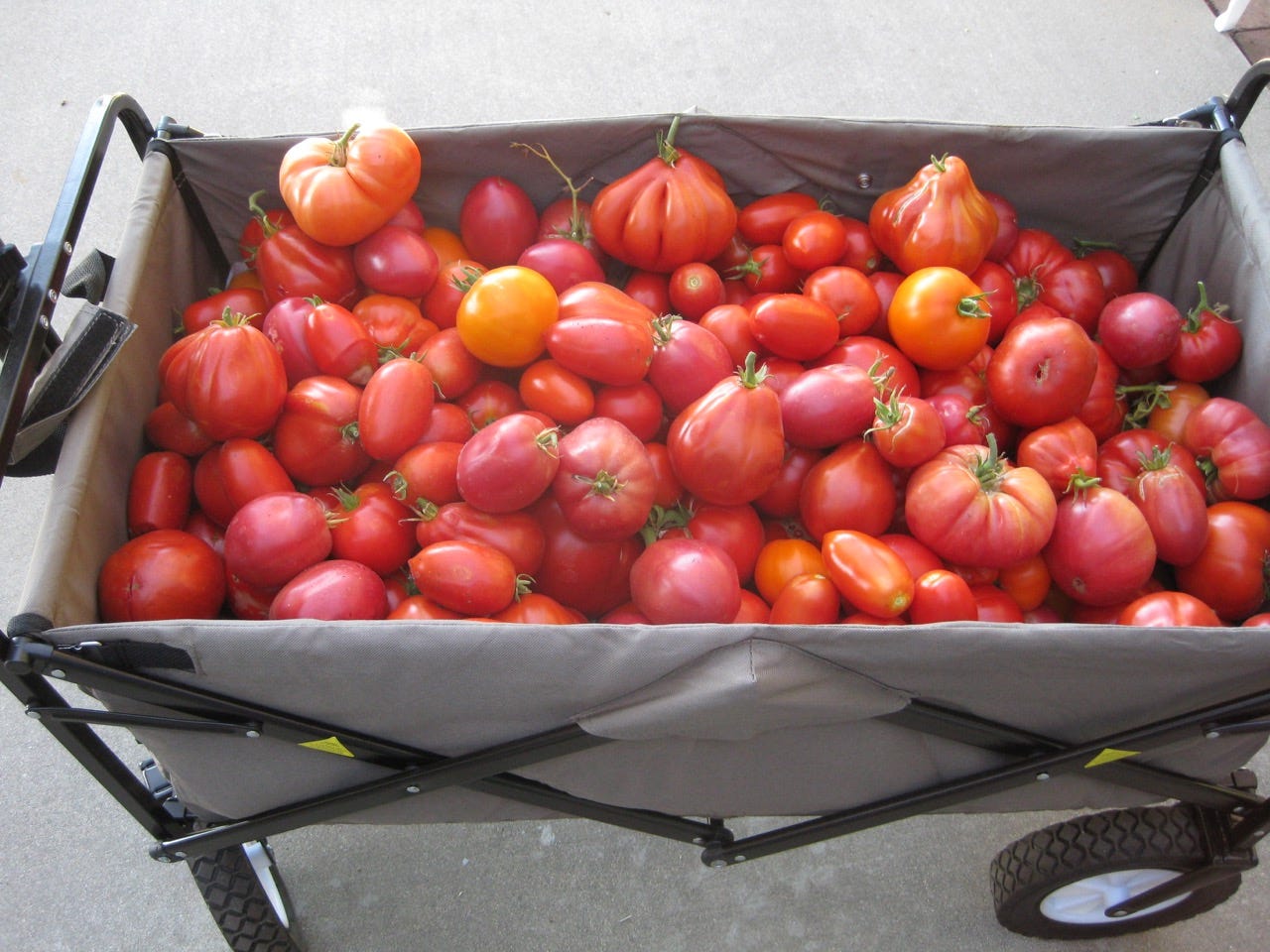
For those of you who did not receive last Friday’s Beyond the Garden Basics newsletter, here it is. My apologies. I will send the gremlins to bed without dinner.
In today’s newsletter podcast (above), we chat with Don Shor of Redwood Barn Nursery in Davis, CA. Don is a big fan of growing tomatoes, and it helps that his nursery is located in a county that just so happens to be one of the top tomato producing regions in the entire world. In this conversation about tomato troubles (originally aired in June of 2020 on the Garden Basics with Farmer Fred podcast), Don talks about many of the tomato travails we discuss in today’s newsletter, along with a few more. Alas, we did not get into many tomato issues (especially diseases) that might be daily occurrences in more humid climates, nor did we discuss everybody’s summertime garden pal, the tomato hornworm. We’re saving that for a future newsletter.
The tomato, according to the National Gardening Association, is America’s favorite backyard vegetable. 86% of American gardens contain at least one tomato plant. Nothing beats the flavor and aroma of a homegrown tomato in the summer. However, with that pleasure, comes a bit of pain. Now is the time when several tomato problems can crop up, leaving gardeners fretting about the future of their plants.
“Why are the tomato blossoms falling off?”
Tomato growers’ primary concern during the plant’s young growing stage is centered around, “Why are the tomato blossoms falling off?”
According to the tomato experts at UC Davis, blossom drop is usually weather related. Nighttime temperatures below 55 or daytime temperatures above 90 degrees can cause premature blossom failure on tomato plants. Planting tomatoes too early in the spring is stressful for the plants. Late April through early June is good for planting most tomato varieties here.
Other causes of tomato blossom failure and fruit drop include planting tomatoes where there is too much shade or using too much nitrogen fertilizer. Be sure to read and follow all label directions on a fertilizer intended for tomatoes and vegetables.
Thinking of using a tomato hormone spray to help the plant maintain its blossoms? The tomato experts at UC Davis say that won’t work when temperatures are forecast to be in the 90’s or above.
Abiotic Disorders of Tomato Plants
According to the University of California Statewide Master Gardener Program, five of the most common tomato maladies are abiotic disorders. “Abiotic” does not refer to pests or diseases, but to environmental issues, such as unfavorable soil conditions, temperature extremes, physical or chemical injuries, and watering issues – either too much or too little, and, of course, “operator error.” The abiotic problems of tomatoes include:
• Sunburn
Sunburn or sun scald is recognizable by a light brown or leathery-looking area on the sides of tomatoes that are getting hit by direct sun. Too much sunlight on tomatoes can be controlled by not pruning away leaf cover; maintaining plant vigor to produce adequate leaf cover; or, providing partial shade with a light-colored shade cloth or row cover during the hours of most intense sunlight.
• Blossom End Rot
This looks like sunburn, except it's the bottom of the tomato that becomes brown. Generally, it is a calcium deficiency brought on by fluctuating soil moisture or soils with too much salt. Maintain even soil moisture; amend the planting area with compost to improve water retention; avoid heavy applications of high-nitrogen fertilizer; and, if a soil test determines the area is lacking calcium, adding gypsum to the soil at the end of the season.
• Fruit Cracks (Catfacing)
Cat Facing refers to the circular concentric cracks around the stem end. Cracks that radiate outward from the stem, or malformation and cracking at the blossom end is also called fruit cracking. This happens when blossoming and fruit formation begins during hot weather as well as high soil moisture levels. Most gardeners just live with these conditions, knowing they can just cut away the damaged looking area and still have a tasty tomato. To help limit future outbreaks, keep the soil evenly moist; maintain leaf cover; give the plants some partial shade during hours of most intense sunlight; and add mulch, about three to seven inches high, around the plant, to maintain soil moisture and moderate temperature swings.
• Solar Yellowing and Green Shoulders
Noticeable by a yellow or yellow-orange color. Also, the upper portions of the tomato remain green even though the lower portion looks red and ripe. Caused by high temperatures and high light intensity, the solution - once again – is to maintain adequate plant vigor to encourage more leaf cover, avoid over-pruning, and provide partial shade during the hours of the most intense sunlight.
• Leaf Roll
The older tomato leaves may roll upward and inward suddenly and become stiff to the touch, brittle and leathery. Caused by high light intensity and high soil moisture, particularly when the tomato plants are staked and heavily pruned. Some tomato varieties are just more naturally susceptible to this problem. Maintaining even soil moisture and providing shade during hours of intense sunlight can help limit leaf roll. However, there are other, more sinister causes of tomato leaf roll, including herbicide drift damage, mites, viruses, and compost tainted with herbicides. For more about that, read the Texas A&M Agrilife report, “Why are my tomato leaves curling?”
“It’s the Best Garden Event in Northern California!” (I said that)
Harvest Day at the Fair Oaks Horticulture Center
Saturday, August 5, 8am-2pm. Free!
Debbie Flower and I will be talking about “Garden Tips to Save Time, Money and Water” at Harvest Day at 830 am. The Fair Oaks Horticulture Center is located at 11549 Fair Oaks Blvd, in Fair Oaks Park, Sacramento County, California. Hope to see you there! More details here. Presented by the U.C. Master Gardeners of Sacramento County.
Thank you for also listening to the Garden Basics with Farmer Fred podcast! It’s available wherever you get your podcasts. Please share it with your garden friends.
Fred Hoffman is also a University of California Cooperative Extension Master Gardener in Sacramento County. And he likes to ride his bike.




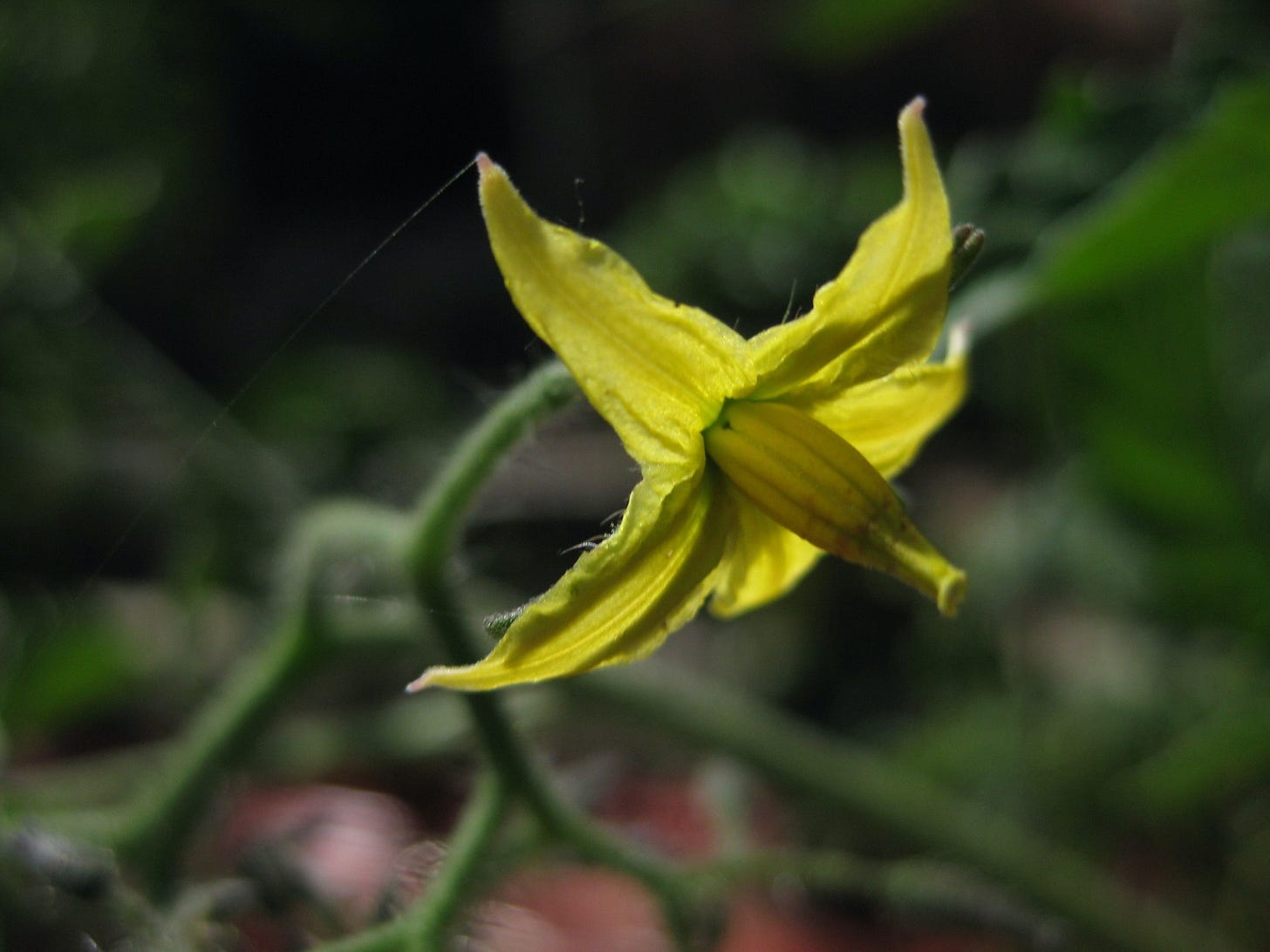

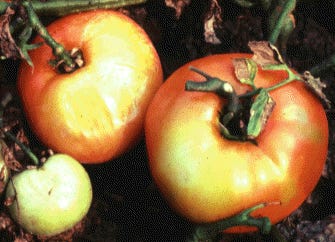
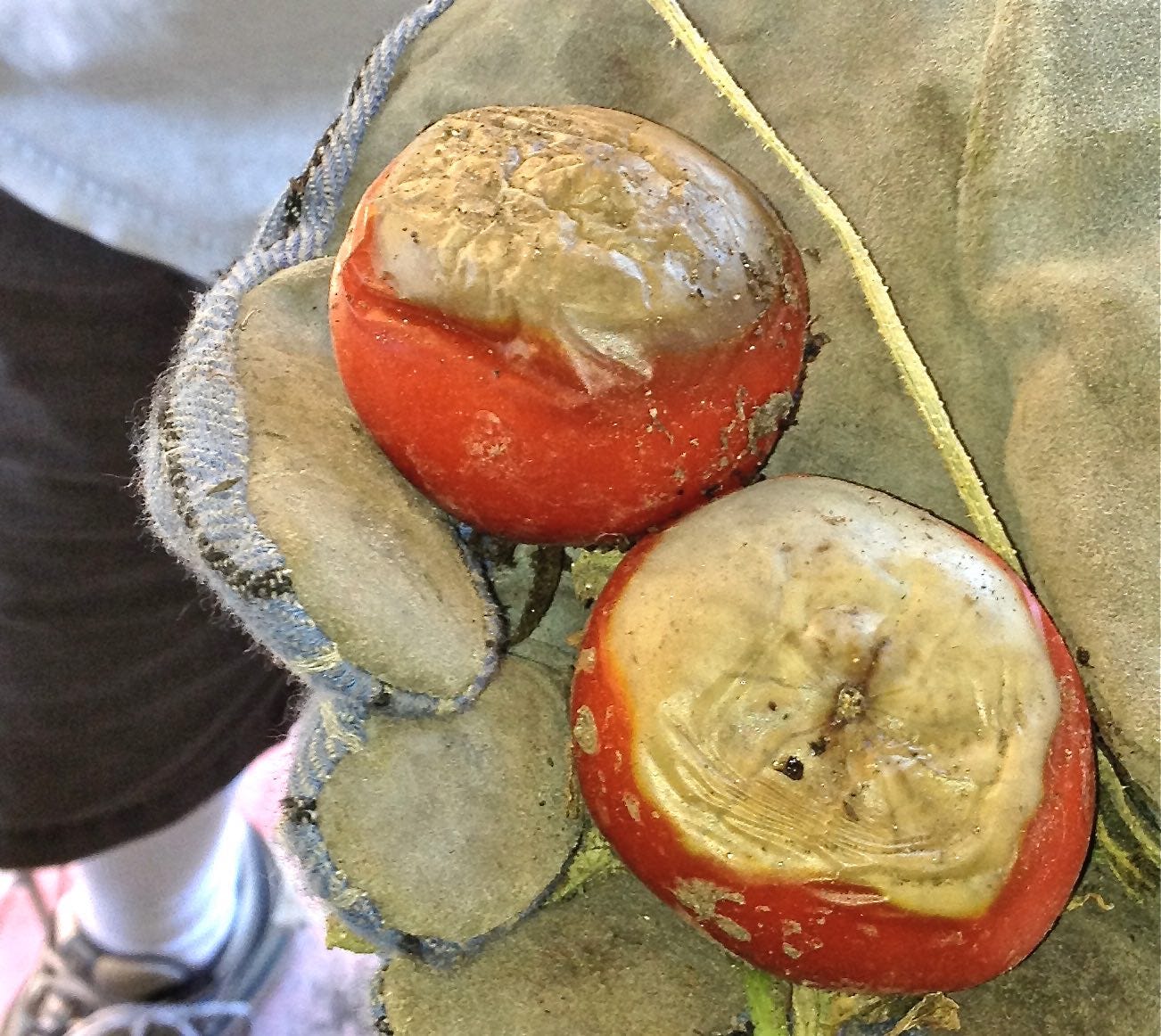
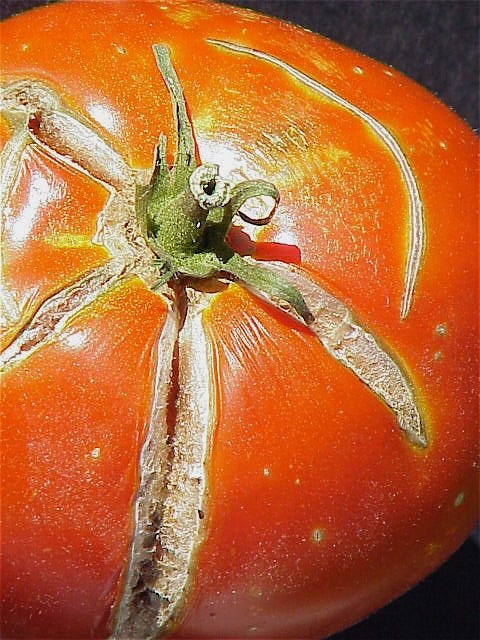
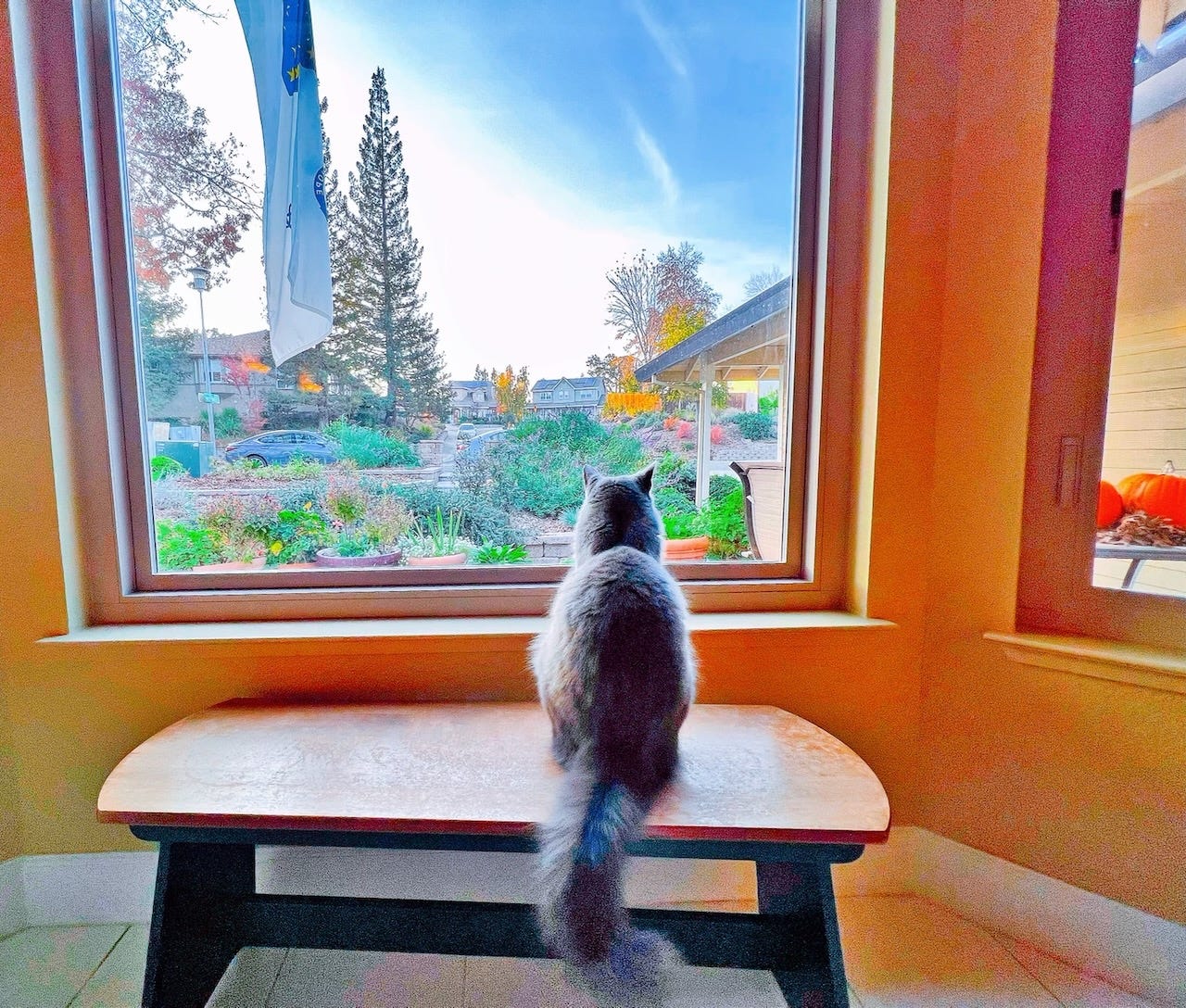
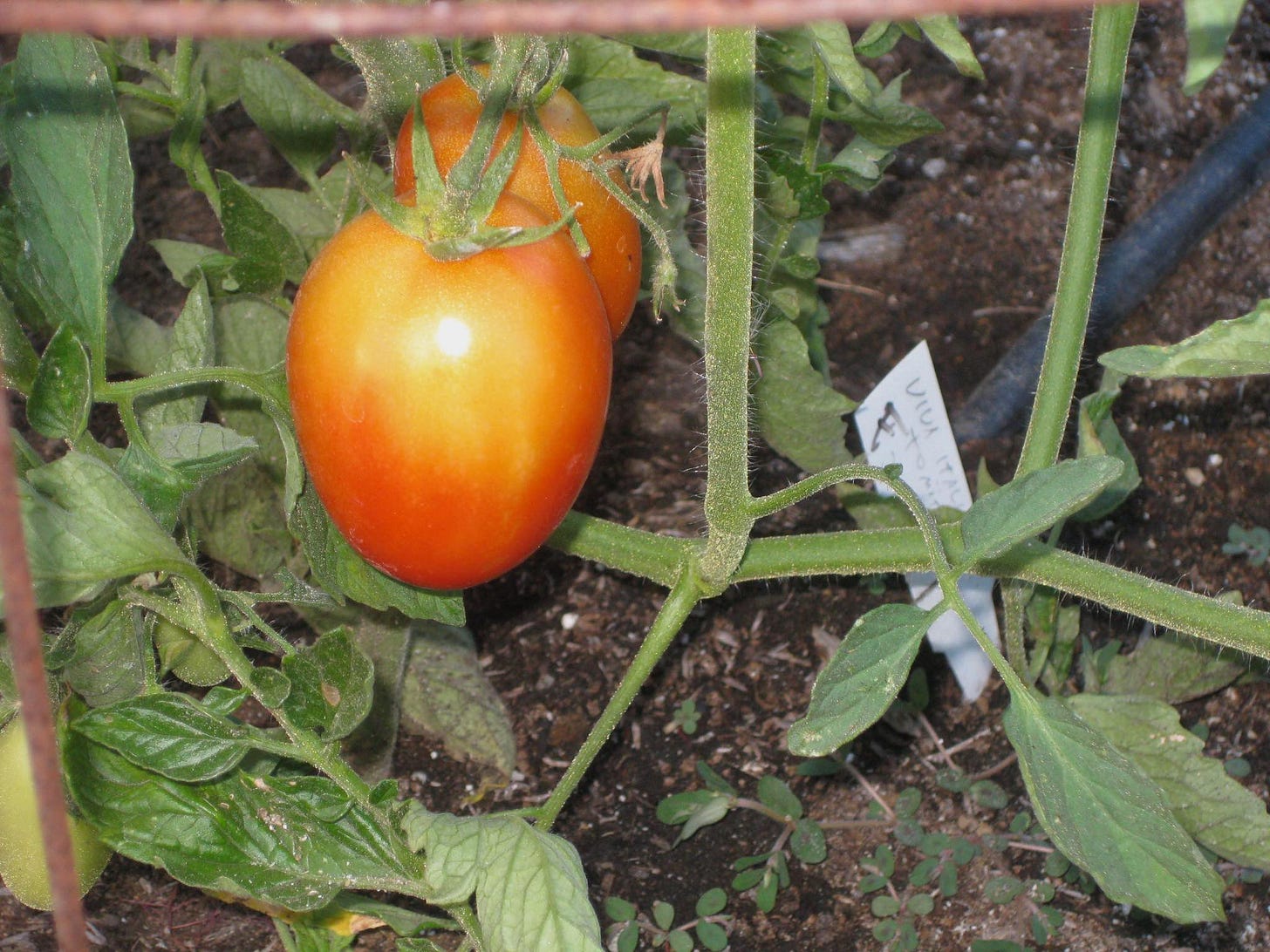





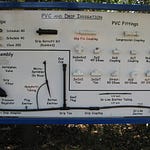

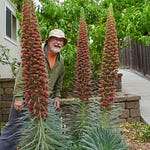

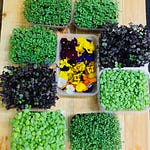
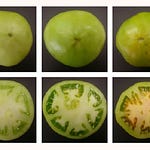

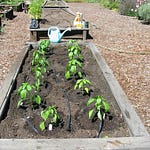
Share this post